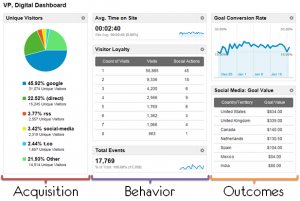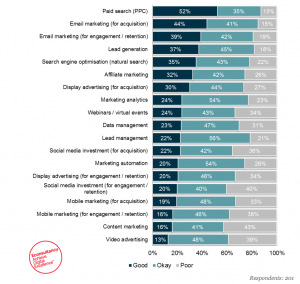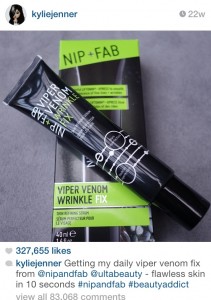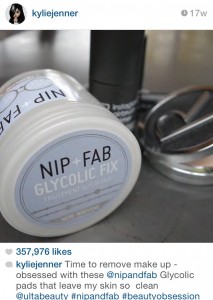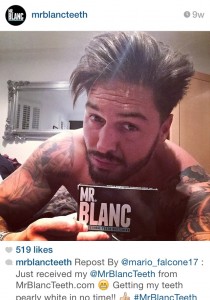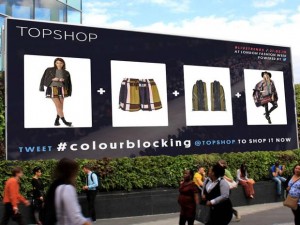So the digital campaign launched with great fanfare, the marketing team was delighted and your boss has a smile on her face. Then someone has the cheek to ask if the campaign was a success and you’re not sure how to answer. So what exactly does constitute success and how is this different from traditional media advertising?
In the past advertising could be hit and miss and the old saying ‘half of all advertising is wasted, only nobody knows which half’ summed up the general approach but in this digital age does this still hold true?
Before measuring success it is of course necessary to define the goals of any digital marketing campaign and these may include adapted from Demers (2014) and Chaffey and Ellis-Chadwick (2012):
- Traffic building goals – total visits and specifically new visitors v’s repeat visitors
- Bounce rates – do web visitors go beyond the home page or bounce way?
- Conversion or interaction goals – are sales achieved or other desired interactions?
- Are marketing emails opened by the recipient?
- Third-party site reach and branding goals
- Customer retention – do your new found customers ever come back?
- Longer-term brand engagement goals
- Return of investment and cost of each lead
But, I hear you ask, isn’t all this measurable? Don’t you just go on google analytics to find all this out? Well, yes it is true that much of the above is measurable on Google Analytics and this should help provide some of the indicators that may be used in the measurement of success.
Google Analytics Dashboard, Kaushik (2012)
A further advantage of digital marketing campaigns is their immediacy, a campaign may have a shorter lead time than in traditional print media and analytics may be used to give early impressions of what works and what doesn’t. This allows a degree of trial and error or even the ability to modify a live campaign to obtain better consumer responsiveness.
So have advertisers found the answer to the question posed at the start of this blog ‘which half of the adverting budget is wasted?’ Unfortunately no, or at least not yet, as a recent survey by Econsultancy and Oracle Marketing Cloud (2015) into marketers’ ability to measure ROI from a range of digital channels found. It would appear therefore that there is still a degree of uncertainty over how best to obtain reliable measurements of return on investment.
How do you rate your ability to measure ROI from the following digital channels or disciplines?
Survey, Econsultancy (2015)
Identifying the strategies that work best at reaching the target audience and converting them into profit generating customers remains the ultimate aim. As more sophisticated systems develop to measure the relevant metrics the advertiser moves closer to this goal.
REFERENCES
- DeMers, J. 2014. 10 Online Marketing Metrics You Need To Be Measuring. Forbes (Online) Accessed: 9th April 2015 Available at: http://www.forbes.com/sites/jaysondemers/2014/08/15/10-online-marketing-metrics-you-need-to-be-measuring/
- Chaffey, D. and Ellis-Chadwick. 2012. Digital Marketing – Strategy, Implementation and Practice. Harlow: Pearson
- Moth, D. 2015. ROI from video, mobile & content marketing is hardest to measure: report. Econsultancy (Online) Accessed: 9th April 2015 Available at: https://econsultancy.com/blog/66251-roi-from-video-mobile-content-marketing-is-hardest-to-measure-report/
- Kaushik, A. 2012. Google Analytics Dashboard. (Image) (Online) Accessed: 9th April 2015 Available at: http://www.kaushik.net/avinash/

